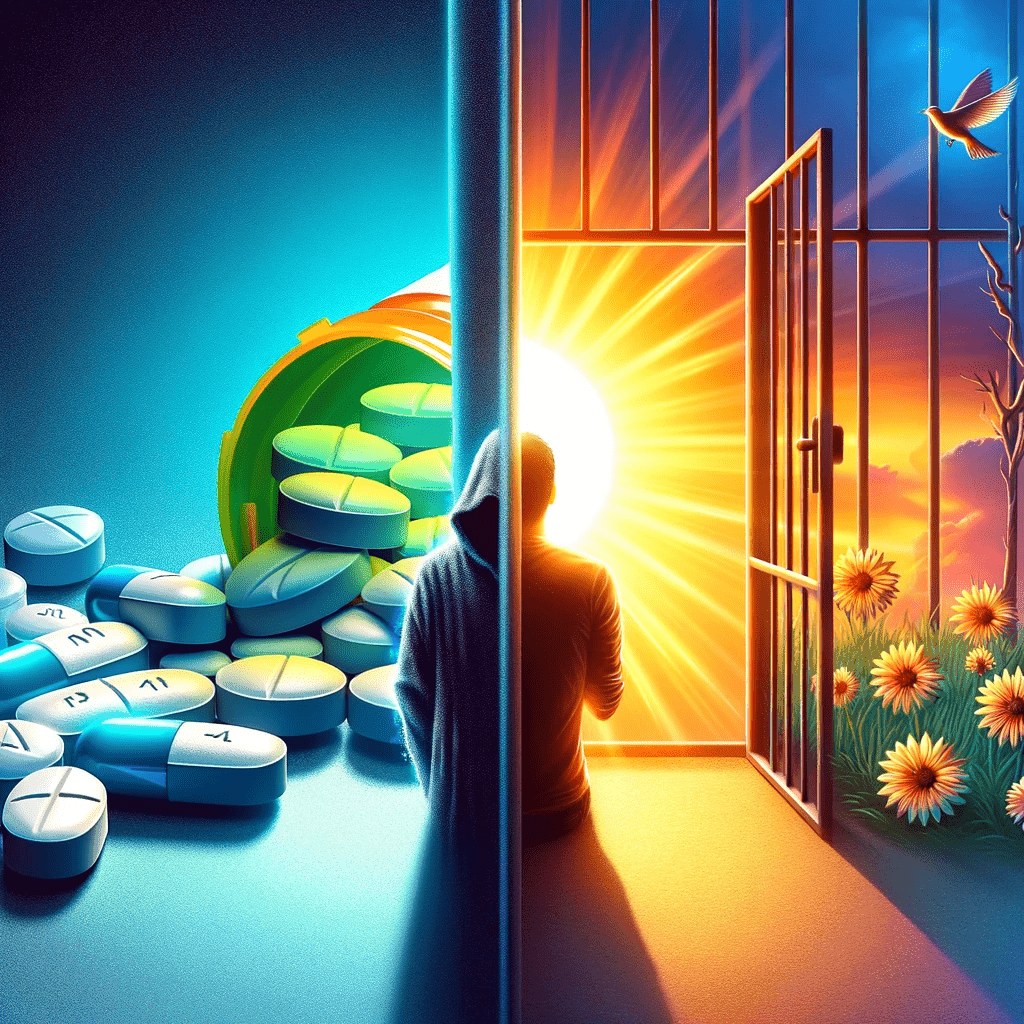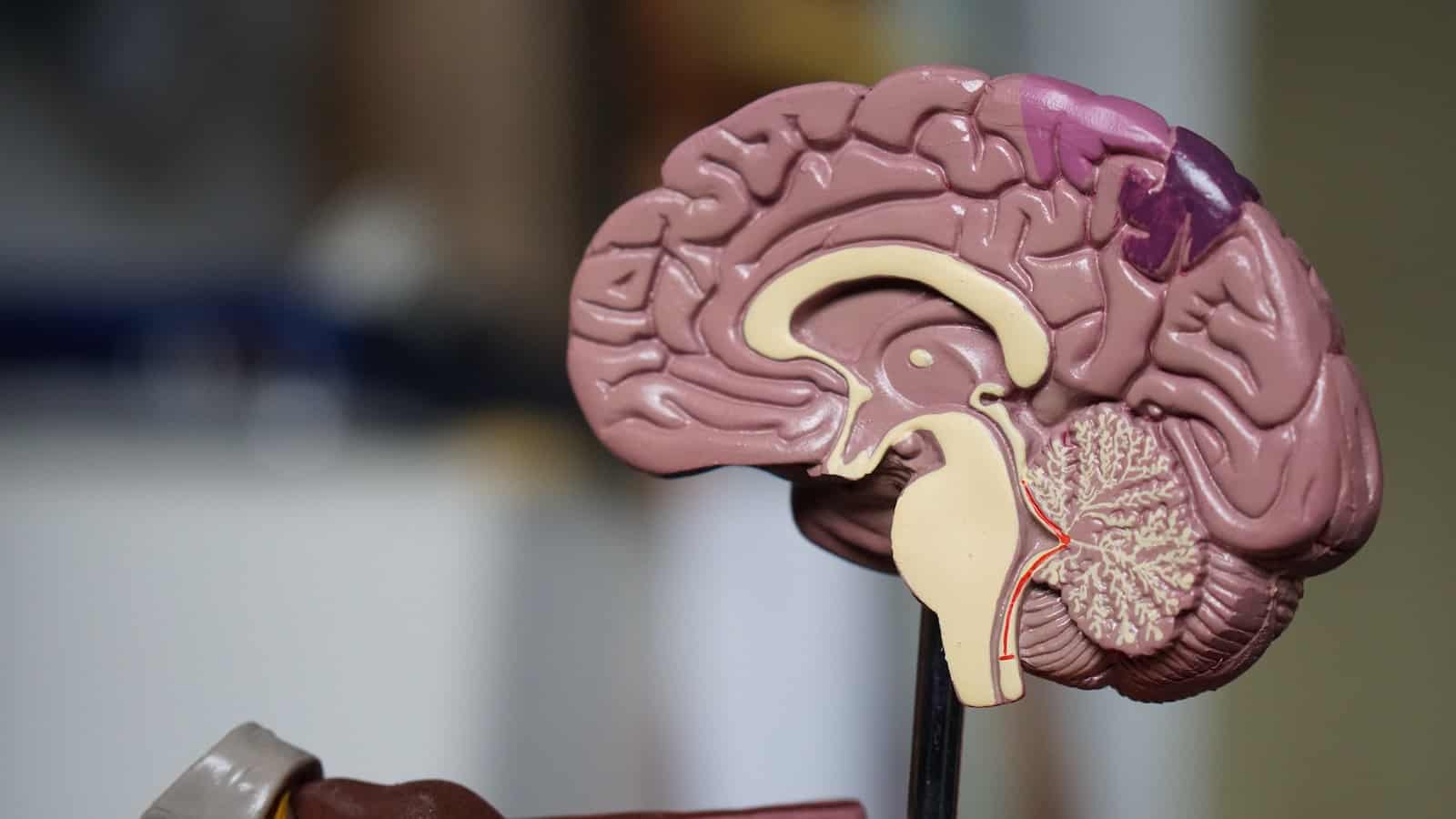Vicodin, often prescribed for pain relief, carries a hidden risk: the potential for addiction. In this article, we address the crucial question: “Why do people get addicted to Vicodin?” We’ll explore the complexities of physical dependence, psychological cravings, and the social factors contributing to this widespread issue. If you’re seeking to understand the intricate dynamics of Vicodin addiction or looking for pathways to recovery, this guide offers essential insights.
Key Takeaways – Why Do People Get Addicted to Vicodin?
- Vicodin addiction is a significant health concern.
- It often starts with legitimate medical use.
- Understanding the risk factors and symptoms is crucial.
The Allure of Vicodin: Understanding Its Appeal
Vicodin, a potent blend of hydrocodone and acetaminophen, stands out in the world of pain management for its effectiveness. But what exactly makes it so appealing? Why Do People Get Addicted to Vicodin? At its core, Vicodin’s allure lies in its dual action. Firstly, it’s a powerful painkiller, adept at dulling even the most persistent of pains. This makes it a go-to prescription for those recovering from surgery, injury, or chronic pain conditions.
However, there’s more to Vicodin’s story. Beyond its pain-relieving capabilities, Vicodin can induce a feeling of euphoria. This sensation is where the risk of addiction begins to surface. When taken, Vicodin interacts with the brain’s opioid receptors. It not only dulls pain but also triggers the release of dopamine, a neurotransmitter associated with pleasure and reward.
This dopamine release is a double-edged sword. On one hand, it can provide a much-needed reprieve from pain, both physical and emotional. On the other, it can create a sensation that users want to replicate, leading to repeated use. Over time, the body’s tolerance to Vicodin grows, pushing individuals to consume higher doses to achieve the same euphoric effect. This escalating cycle is a fast track to addiction.
Moreover, the psychological aspect of Vicodin’s appeal shouldn’t be underestimated. For some, the temporary escape from reality, stress, or emotional distress provided by Vicodin becomes a coping mechanism, further entangling them in the web of dependency.
In summary, Vicodin’s appeal, while rooted in its effectiveness as a pain reliever, is amplified by the euphoria it can induce. This combination of pain relief and pleasure is what makes Vicodin particularly compelling, but also what makes it dangerously addictive. Understanding this duality is key in comprehending why Vicodin holds such a potent potential for addiction.
Starting Points: Prescription Use and Dependency
The Brain’s Role: Chemical Changes and Addiction
To understand Why Do People Get Addicted to Vicodin?, it’s essential to delve into the brain’s complex chemistry. Vicodin operates primarily by targeting the brain’s opioid receptors. These receptors are part of a larger network responsible for controlling pain, reward, and addictive behaviors. When Vicodin binds to these receptors, it triggers a series of chemical reactions in the brain.
One of the most significant reactions is the release of dopamine, a neurotransmitter often dubbed the “feel-good” chemical. Dopamine is a key player in the brain’s reward system. It’s released in response to pleasurable activities, like eating good food or falling in love. When Vicodin induces dopamine release, it creates a sense of euphoria, a high that goes beyond mere pain relief.
However, this induced euphoria can have long-term consequences on brain chemistry. With repeated Vicodin use, the brain starts to adapt to these high levels of dopamine. It begins to expect and rely on Vicodin to trigger dopamine release. Over time, this reliance can alter the brain’s natural ability to produce and regulate dopamine on its own.
This change is crucial in the development of addiction. As the brain becomes accustomed to Vicodin-induced dopamine surges, it becomes less responsive to natural sources of pleasure. Activities that once brought joy or satisfaction may no longer feel as rewarding. This diminishing response is known as desensitization.
Desensitization leads to a vicious cycle. To feel pleasure or even normal, a person may need to take more Vicodin, further perpetuating their dependence on the drug. This increasing need not only strengthens the addiction but also makes quitting more challenging. Withdrawal from Vicodin can result in significantly lower dopamine levels, leading to feelings of sadness, emptiness, and a lack of motivation – symptoms often associated with depression.
In essence, Vicodin’s interaction with the brain’s chemistry is a key factor in the path to addiction. The drug’s ability to artificially manipulate the brain’s reward system by altering dopamine dynamics sets the stage for a complex and challenging addiction, affecting both the brain’s structure and function. Understanding this helps in recognizing the depth of Vicodin addiction and underscores the importance of comprehensive treatment approaches that address these profound neurological changes.
Risk Factors: Who’s Most Vulnerable?
Certain factors increase the risk of Vicodin addiction. These include:
- A history of substance abuse.
- Chronic pain and long-term prescription use.
- Genetic predisposition to addiction.
- Psychological factors, such as stress or trauma.
Spotting the Signs: Symptoms of Vicodin Addiction
Recognizing Vicodin addiction is crucial. Symptoms include:
- Taking larger doses than prescribed.
- Obsessive thoughts about the drug.
- Neglecting responsibilities to use the drug.
- Experiencing withdrawal symptoms without it.
The Path to Recovery: Treatment and Support
Recovering from Vicodin addiction is challenging but possible. Treatment often involves:
- Medical detoxification.
- Behavioral therapy.
- Support groups and counseling.
- Medication-assisted treatment.
Understanding the reasons why do people get addicted to Vicodin is the first step toward prevention and recovery.
By recognizing the risk factors and symptoms, individuals can seek timely help and support.
Resources

